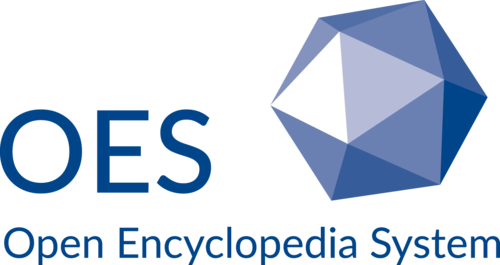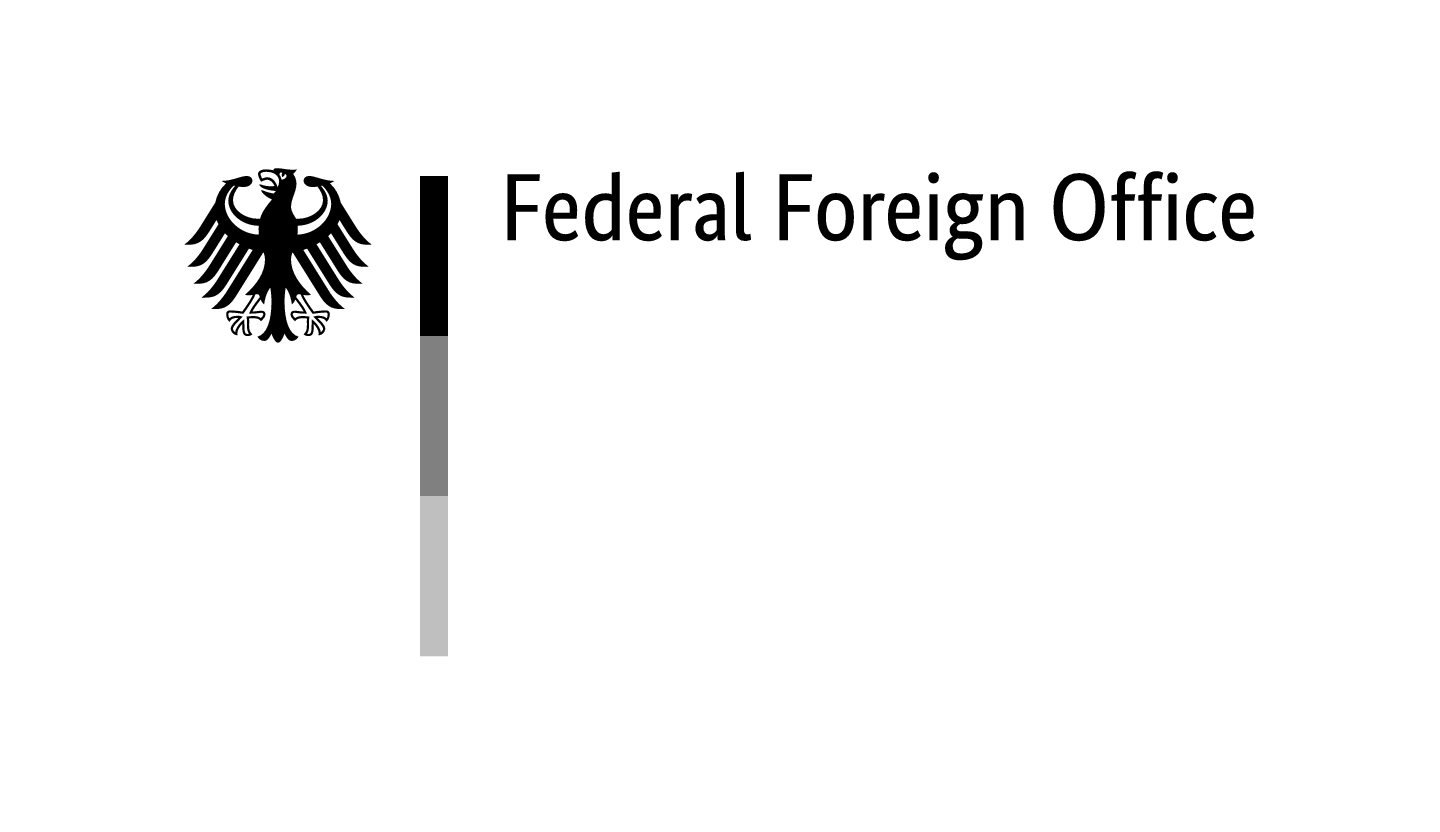The magazine Lacio Drom [in Romanes: Good way-route] was published every two months from 1965 to 1999 and did much to bring the genocide of the Roma and Sinti of Europe to the attention of the Italian public. The publisher was Opera Assistenza Nomadi, later Opera Nomadi, and the place of publication was initially Bolzano, and then Padua (Pedagogical Institute of the University of Padua, from 1967 to 1970) and from 1971 to 1999 Rome (Centro Studi Zingari [Centre for Gypsy Studies]).
The educationalist Mirella Karpati (1923–2017) was editor-in-chief, and the magazine’s board included Tullio De Mauro (1932–2017), Sergio Franzese (born 1958), Vittorio Giuntella (1913–1996), Giovanna Grenga (born 1954), Andrea Mauri (born 1965), Bruno Morelli (born 1957), Don Bruno Nicolini (1927–2012), Leonardo Piasere (born 1955), Don Gian Fausto Rosoli (1938–1998), Santino Spinelli (born 1964), Giulio Soravia (born 1944), Angela Tropea (born 1960), Giorgio Viaggio (born 1964) and Jane Dick Zatta (1947–2005).
Origins
Lacio Drom was created in connection with a very important event for relations between the Catholic Church and the Romani community: the meeting between Pope Paul VI and thousands of Roma and Sinti who had travelled from all over Europe to Pomezia (a town south of Rome) on 26 September 1965.1Pope Paul VI, ”Voi siete nel cuore della Chiesa” [You are in the heart of the Church], Lacio Drom, no. 3 (1965): 7; no. 4 (1965): 4–9; see also Campo internazionale degli zingari. Omelia di Paolo VI, 26/09/1965, https://www.vatican.va/content/paul-vi/it/homilies/1965/documents/hf_p-vi_hom_19650926_intmeeting-nomads.html [accessed: 15/09/2025]. Among the organisers of the meeting were Don Bruno Nicolini and Mirella Karpati, who were the driving forces behind numerous initiatives, including not only the magazine Lacio Drom, but also the Centro Studi Zingari (1971–1999) and the Opera Nomadi.2Piasere, La chiesa nomade, 82 f.
In 1963, Don Bruno Nicolini founded the Opera Assistenza Nomadi [Nomad Assistance Service] in Bolzano, which initially operated regionally, then nationally, and was declared a national non-profit organisation in 1970 and called Opera Nomadi [Nomad Service]. For many years, Opera Nomadi was the Italian state’s preferred point of contact in matters relating to ‘Nomads’ or ‘Gypsies’, and its work is now criticised by the associations founded by Sinti and Roma themselves, such as Thèm Romanó.
The magazine bears the same name as the special classes for ‘Gypsy children’ opened in some Italian cities in the same year, which Karpati was tasked with organising and supervising. Her commitment to Lacio Drom coincided with this work, and many articles in the magazine are dedicated to the schooling of Roma and Sinti children.
A further step towards documenting and raising awareness of Roma issues was the opening in Rome in 1971 of the Centro Studi Zingari, which was closely linked to Lacio Drom and existed until 1999.
Thematic Content
Lacio Drom was distinguished by the fact that it dealt with all topics relating to Roma and Sinti in Italy, without losing sight of what was happening elsewhere in Europe. Articles about experiences and debates in other European countries were translated into Italian by Karpati herself, who had built up an international network of partnerships and collaborations with organisations and individual researchers.
The journal dealt with a wide range of subjects, including anthropology, cultural anthropology, sociology, linguistics, education and didactics, psychology, history and social work, reported on conferences and study meetings, law and politics, prose, poetry and art, pastoral work, Romanipé (Romani identity), local events and ‘Gypsies‘ in literature, and also published eyewitness reports and obituaries.3Various authors: “Indice 1965–1989; Indice per autori, Indice per materie.” [Indexes 1965–1989; Index of authors; Index of topics], Lacio Drom, no. 6 (1989): 49–84.
Publications about the Genocide
Beginning in 1965, Karpati herself wrote several survey accounts of the genocide of the Roma and Sinti in Europe.4Mirella Karpati, “Il nazismo e lo sterminio degli zingari,” Lacio Drom, no. 3 (1965): 6–20; this, “Pellegrinaggio nell’orrore,” Lacio Drom, no. 1 (1981): 15–22; this, “Il genocidio degli Zingari,” Lacio Drom, no. 1 (1987): 6–34. Of particular importance were the first eyewitness reports of the internment of the Sinti and Roma in Italy, which Karpati collected and published in Lacio Drom from the 1970s onwards. Notable among these were the account by Bruno Zlato Levak (biographical data unknown) on the Jasenovac and Agnone concentration camps5Bruno Zlato Levak, “La persecuzione degli Zingari: una testimonianza,” Lacio Drom, no. 3 (1976): 2–3. and the reports by Rave Hudorovich (biographical data unknown) and Bruno Braidich (biographical data unknown) on the camp in Tossicia.6Rave Hudorović Rave, “Il racconto Rave,” Lacio Drom, no. 1 (1983): 35–37; Bruno Braidić, “Ricordo del campo,” Lacio Drom, no. 2–3 (1984): 50–54. Karpati summarised the testimonies she had collected in an article published in 1984, in which she also highlighted the lack of research on the subject.7Mirella Karpati, “La politica fascista verso gli Zingari d’Italia,” Lacio Drom, no. 2–3 (1984): 41–47.
In 1981, Lacio Drom reprinted an article by Primo Levi (1919–1987) which had appeared in the daily newspaper La Stampa on 2 December 1979 with the title ‘The Gypsy’. In it, Levi recounts his encounter with a Rom who was imprisoned with him in the same barracks at the Auschwitz-Birkenau concentration and extermination camp.8Primo Levi, “Lo Zingaro,” Lacio Drom, no. 6 (1981): 26–29.
With remarkable regularity, the magazine also published contributions on the genocide of the Sinti and Roma by researchers from various countries, including among others Joan Cioaba (1935–1937), Karola Fings (born 1962), Father Jean Fleury (1905–1982), Jean Gotovitch (born 1940), Ctibor Nečas (1933–2017), Miriam Novitch (1908–1990), Boris Pahor (1913–2022), Grattan Puxon (born 1940), Erika Thurner (born 1952), and Michael Zimmermann (1951–2007).9See bibliography.
Significance
The wealth of information and testimonies contained in Lacio Drom has so far received insufficient attention, and we do not yet have an overall assessment of the role the journal played in Italy and Europe. As a result, there is a risk that the knowledge it gathered will be dispersed.
Today, the Fondazione Fossoli, the memorial institute of the former Fossoli concentration camp near Modena, holds a full set of all issues of Lacio Drom. Mirella Karpati personally donated them to the foundation, along with the entire library and archive of the Centro Studi Zingari.10Fondazione Fossoli, Il Patrimonio come risorsa. La biblioteca del Centro Studi Zingari [Heritage as a resource. The library of the Centre for Gypsy Studies], 20.11.2018, https://www.fondazionefossoli.org/news-ed-eventi/news/20-novembre-2018-il-patrimonio-come-risorsa-la-biblioteca-del-centro-studi-zingari/ [accessed: 15/09/2025].




